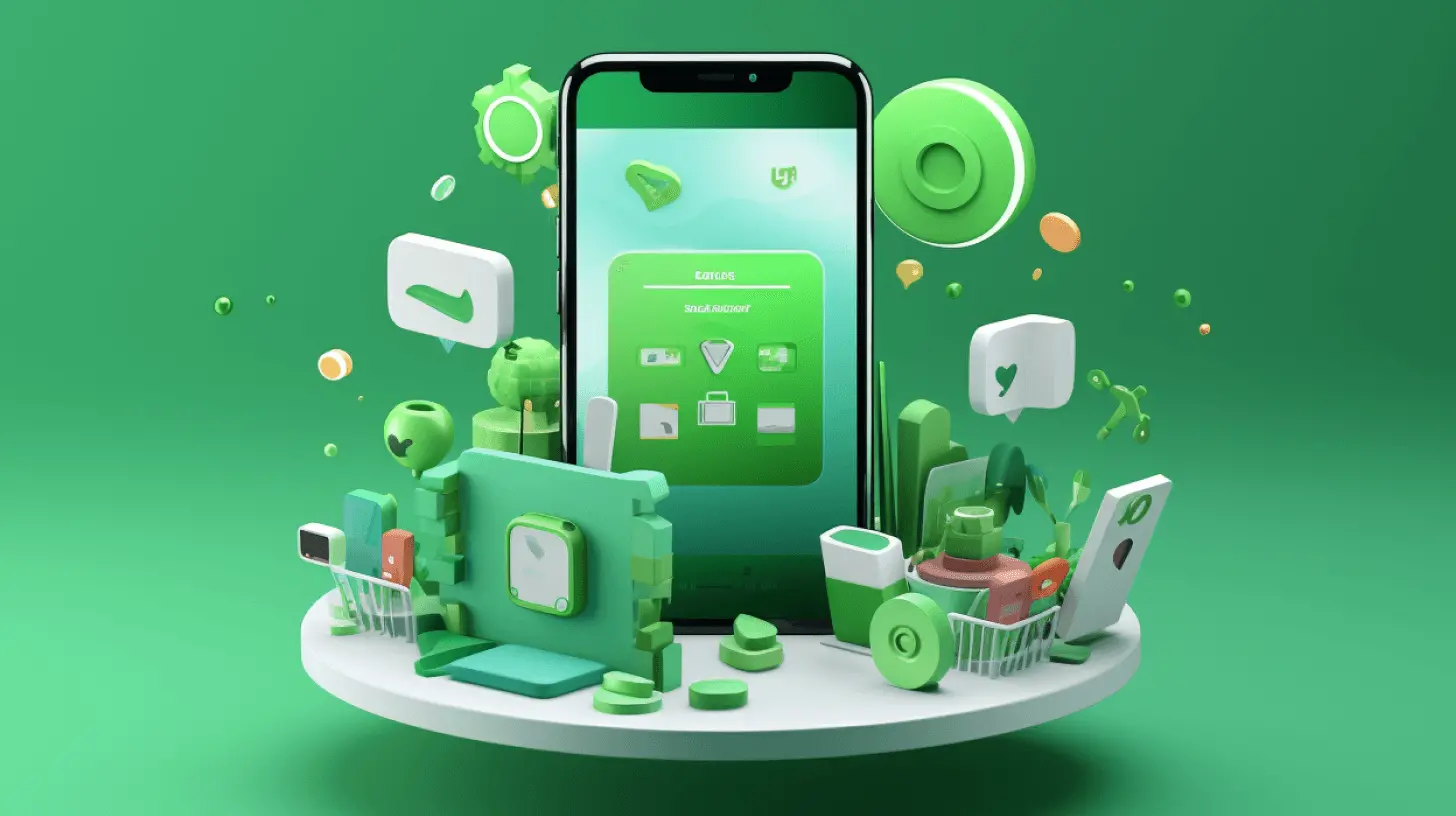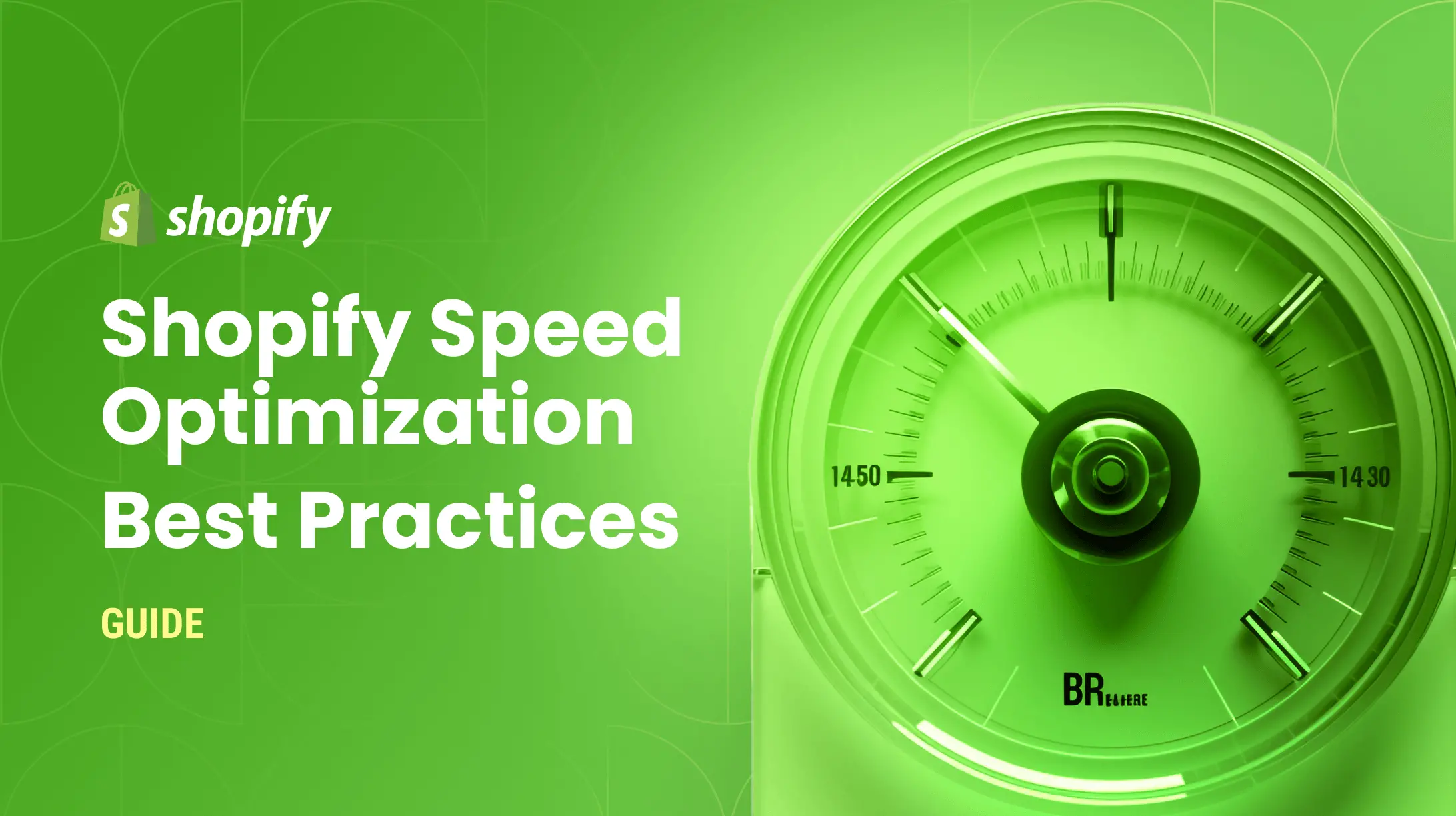0%

Over the last several years, mobile web traffic has exploded. Currently, mobile devices are used for well over half of all internet traffic. This means that whenever you have a visitor to your site, they are more likely to be using a mobile device than any other device. If your site isn’t optimized for smaller, touch-based screens, you can’t offer these users a smooth, inviting experience. A poor first impression can lead to increased bounce rates, worse lead generation, and, ultimately, reduced revenue.
Most businesses with an online presence, such as a Shopify store, recognize the importance of things like responsiveness and touchscreen support but are unsure of how to implement mobile optimization on their site. If that’s you, you’ve come to the right place. This guide will break down how you can take your Shopify store to the next level and ensure a seamless and positive experience for every mobile user. Ready to enhance customer engagement and drive conversions?
Let’s dive in.
Is Mobile Responsiveness Really All That Important?
The statistics we highlighted in the introduction highlight the tremendous importance of mobile responsiveness for an e-commerce business. However, you may still be wondering if Shopify mobile optimization is really necessary as long as you are already providing an excellent user experience for all desktop users. The thing is, poor responsiveness can have problems beyond just impacting the user experience.
Search engines like Google will rank your site in their search results based on a number of factors, including mobile support. Sites that feature unresponsive designs or bad mobile navigation will receive lower rankings and have less online visibility. This applies to both mobile and desktop versions of your site.
Furthermore, a significant number of customers make purchases using their mobile devices. However, if your site is not optimized, many users will not trust it and will go elsewhere for their purchases. This can lead to lost sales.
Finally, your store’s reputation can take a negative hit when people discover that your site is not optimized for mobile. If the mobile experience is unprofessional or of poor quality, your customers are likely to lose their trust in your commitment to quality and will likely take their business elsewhere.
Bottom line, it’s time to make your Shopify store responsive.
How To Optimize Shopify For Mobile
Set Up A Fixed Navigation Bar
One of the industry standard recommendations when you want to optimize your Shopify store for mobile is to ensure you have a fixed navigation bar. A fixed navigation bar keeps your site’s menu, search, and cart at the top of the window at all times. This allows the user to scroll through your products without getting lost in your site. They can always easily move to a different page or go straight to their cart. Users hate having to scroll all the way back up to the top of a page to see your site’s navigation menu. Save time for them by setting up a fixed navigation bar.
Show, Don’t Tell – Use Less Text And Put Images In The Limelight
Most users don’t like to read long paragraphs of text on their smartphones. However, in the era of Instagram and Snapchat, many users enjoy and prefer scrolling through eye-catching and beautiful photography. So, be sure to reduce the amount of text on your mobile pages and shift the focus to imagery.
Shopify Mobile Speed Optimization – Simplify Your Design
When a user visits your site with a smartphone, they’re doing so with a touch-enabled device and may only be using one hand to do so. That means you need to make sure your site is navigable and usable using only a single finger. If you’ve got links and buttons all over the place, you’re going to be forcing users to use both hands to try to zoom in and hit just the button they want. Don’t do that. Instead, opt for a simpler design with large images and big, easy-to-hit buttons. Consider looking at accessibility schemes and look at ergonomic research to identify the areas on the page with the least resistance. Usually, anything on the lower third of the screen is going to be easiest for the user to tap on, while buttons at the top of the screen will require the most effort. By incorporating this into your design, you can make it easier for users to become customers.
Abandon Pop-Ups
If there’s one thing a mobile user despises about their online experience, it’s pop-ups interrupting their scrolling. Pop-ups often take up the entire screen on mobile; they can be difficult to close and can cause the user to make a mistake and sign up for something they didn’t want to sign up for. In addition, they are typically slow to load up, causing them to appear randomly once the user has already started engaging with your store’s content. In most cases, we can’t recommend pop-ups for desktop web design. However, we will never recommend them in a mobile context.
Mind Your Layout
When you take a beautiful layout on a desktop screen and then shrink that layout to a fraction of its original size, you may run into issues. Images may overlap, or elements may conflict with each other, limiting their functionality. Shopify is designed to automatically respond to a smaller screen with a mobile layout. However, if you are using extensive amounts of custom JavaScript code, you may still run into this issue. Be sure to only use images with the correct dimensions and set limits to the width and height of them.
Going The Extra Mile
Shopify themes are mobile-responsive by default. However, there are times when the experience on mobile is simply not as optimized as the experience on desktop. It’s important to use industry best practices to ensure you are providing the best possible experience for mobile users. The biggest challenge with the optimization and development of Shopify sites is that few business owners have the time to learn the platforms and design guidelines while also still making sales and growing their stores. You want a site to be fully customized using custom scripting and tailored to your brand. However, you also need to be designed for mobile and well-suited for SEO purposes.
That’s where Transform Agency comes in. We’ve already served many happy clients with our expert web development services and are skilled in a variety of platforms, including Magento, Shopify, and WooCommerce. Let us help you take your e-commerce business to the next level.
With 7 years of experience in the IT industry, Yaroslav specializes in e-commerce solutions. He has developed approximately 15 online stores, ranging from medium-sized shops to large marketplaces, gaining extensive experience across various industries including financial services, retail & distribution, and life sciences & healthcare. Skilled in Adobe Commerce, he excels in frontend development solutions for this CMS.
With 7 years of experience in the IT industry, Yaroslav specializes in e-commerce solutions. He has developed approximately 15 online stores, ranging from medium-sized shops to large marketplaces, gaining extensive experience across various industries including financial services, retail & distribution, and life sciences & healthcare. Skilled in Adobe Commerce, he excels in frontend development solutions for this CMS.



